
In signature Lovegrove fashion, with the use of generative modeling and organic skeletal structures, these perfume bottles are 3D printed directly in metal. Created as a collaboration between Formula 1, Designer Parfums, and Ross Lovegrove Studio, the bottles are F1’s debut in the fragrance market, and help capture an olfactory experience that most die-hard F1 fans will relate to… the smells of burnt rubber, brake oil, and wet asphalt. The perfumes don’t literally smell of burning rubber, but evoke a similar representation. Playing with ingredients like black pepper, musks, bergamot, leather, among others, the fragrances, available in a series of 5 bottles, capture the adrenaline rush that is Formula 1.
The bottles come with an intricate bio-aesthetic with an outer framework protecting an inner fragrance-chamber and are 3D printed in metal, designed by Lovegrove. Capturing the bare-basics approach to building a car’s chassis, the bottles are uniquely skeletal and provide an intense tactile and visual experience that’s as complex as the perfumes inside it. Capturing an experience that’s equal parts racy, raw, and luxurious, the bottles even come with a fragrance for women, given that 44% of Formula 1’s audience comprises females. When the perfumes finish, the inner flasks may be replaced with new ones. The idea is to preserve the bottle’s outer form as you would a trophy, giving it the reverence it most certainly deserves.
The bottles, as luxurious as they look, come with a price tag to match. Limited to 20 pieces per fragrance, each bottle will sell for $10,000 starting with the collection’s launch at the Formula 1 Etihad Airways Abu Dhabi Grand Prix 2019. The fragrances, however, will be reissued in a less expensive bottle (again designed by Lovegrove) starting April next year for the general public.
Designer: Ross Lovegrove for Designer Parfums and Formula 1








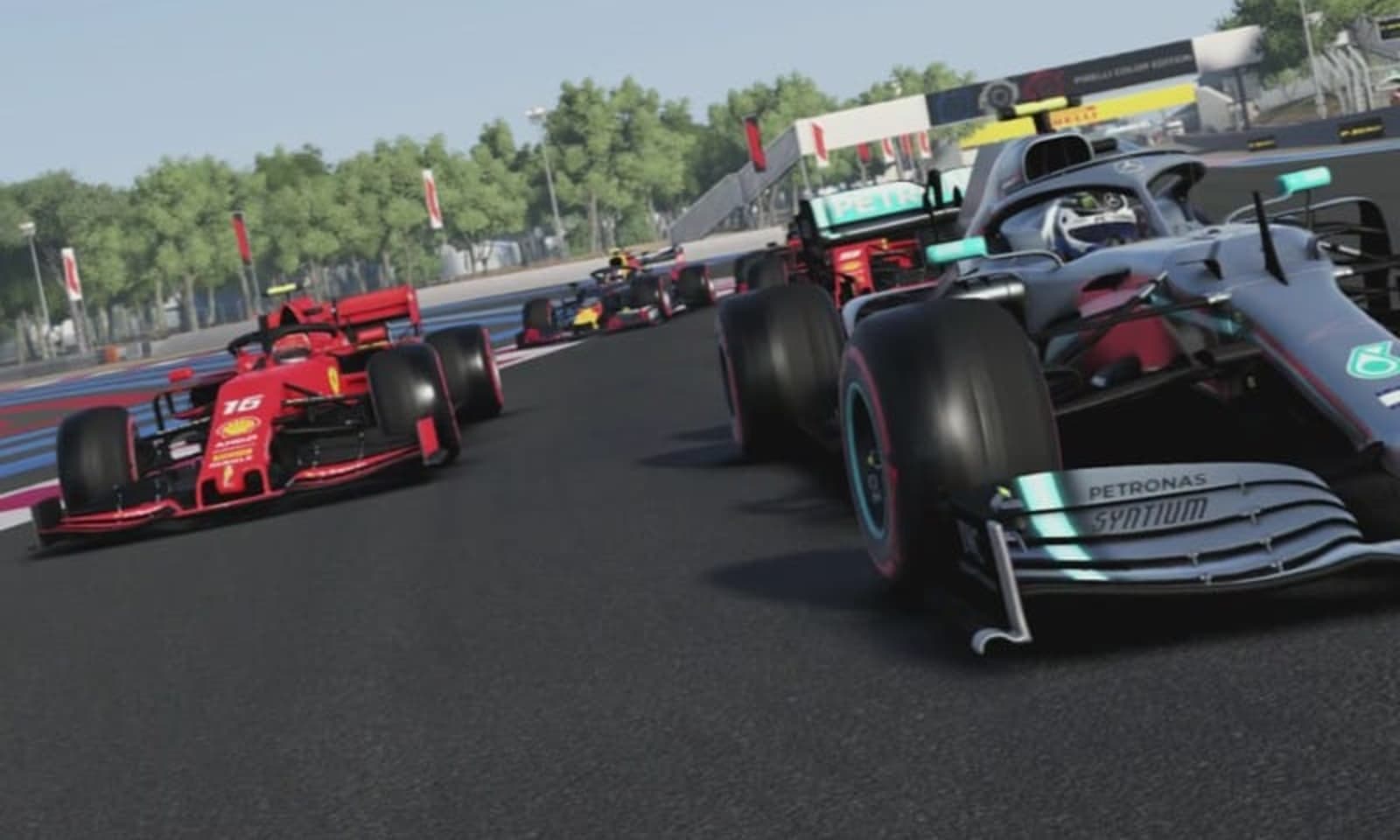 With their season on hold because of coronavirus fears, Formula 1 drivers will surely be desperate for a competitive outlet to keep them (and their fans) occupied. So, just like soccer players and NASCAR drivers, they're diving into a virtual version...
With their season on hold because of coronavirus fears, Formula 1 drivers will surely be desperate for a competitive outlet to keep them (and their fans) occupied. So, just like soccer players and NASCAR drivers, they're diving into a virtual version...
 With their season on hold because of coronavirus fears, Formula 1 drivers will surely be desperate for a competitive outlet to keep them (and their fans) occupied. So, just like soccer players and NASCAR drivers, they're diving into a virtual version...
With their season on hold because of coronavirus fears, Formula 1 drivers will surely be desperate for a competitive outlet to keep them (and their fans) occupied. So, just like soccer players and NASCAR drivers, they're diving into a virtual version...
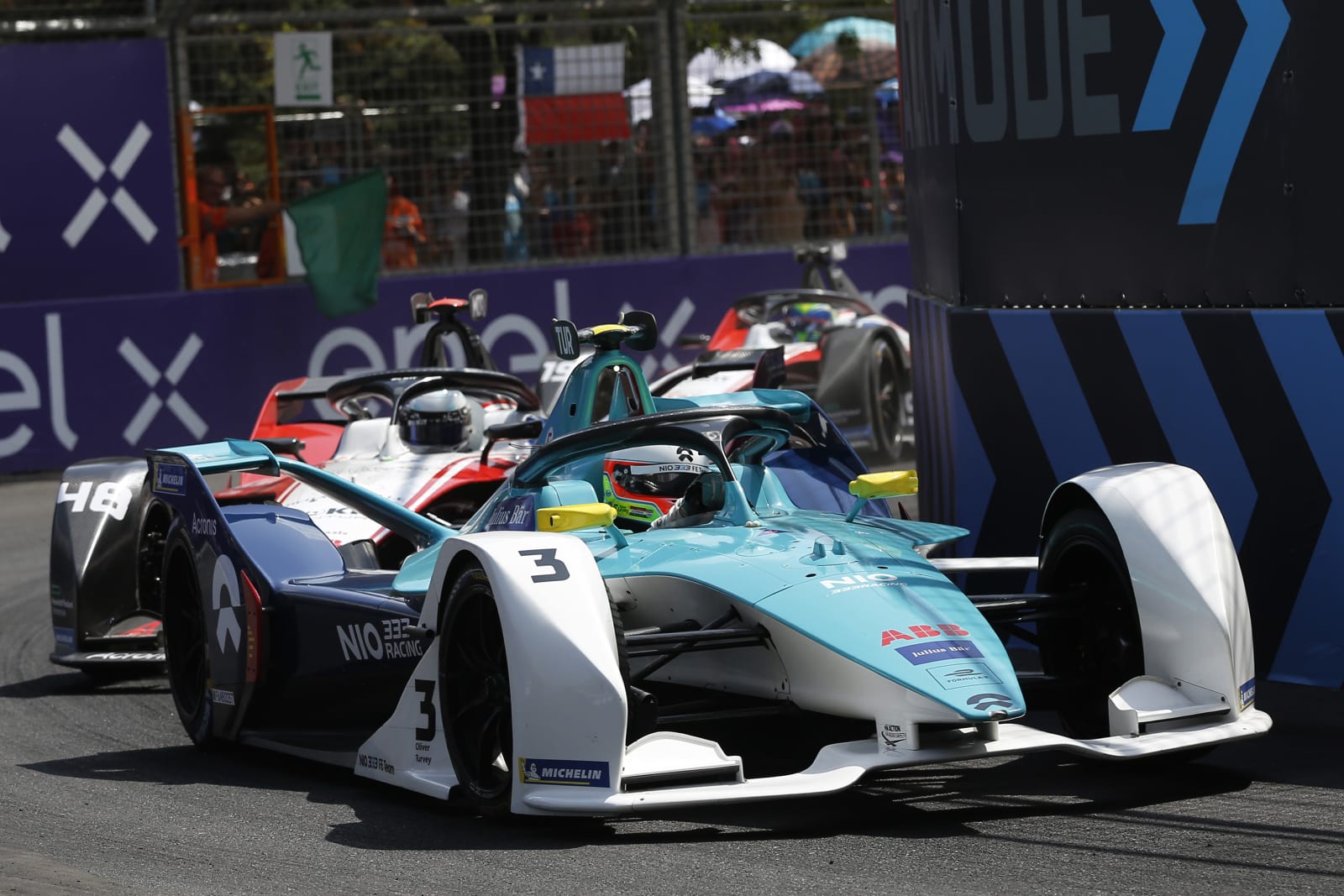 FIA, the organizing body behind motor sport and Formula E have decided to suspend this year's racing season for up to two months. In response to concerns about managing the spread of COVID-19, the organizations have said that pausing the season was t...
FIA, the organizing body behind motor sport and Formula E have decided to suspend this year's racing season for up to two months. In response to concerns about managing the spread of COVID-19, the organizations have said that pausing the season was t...
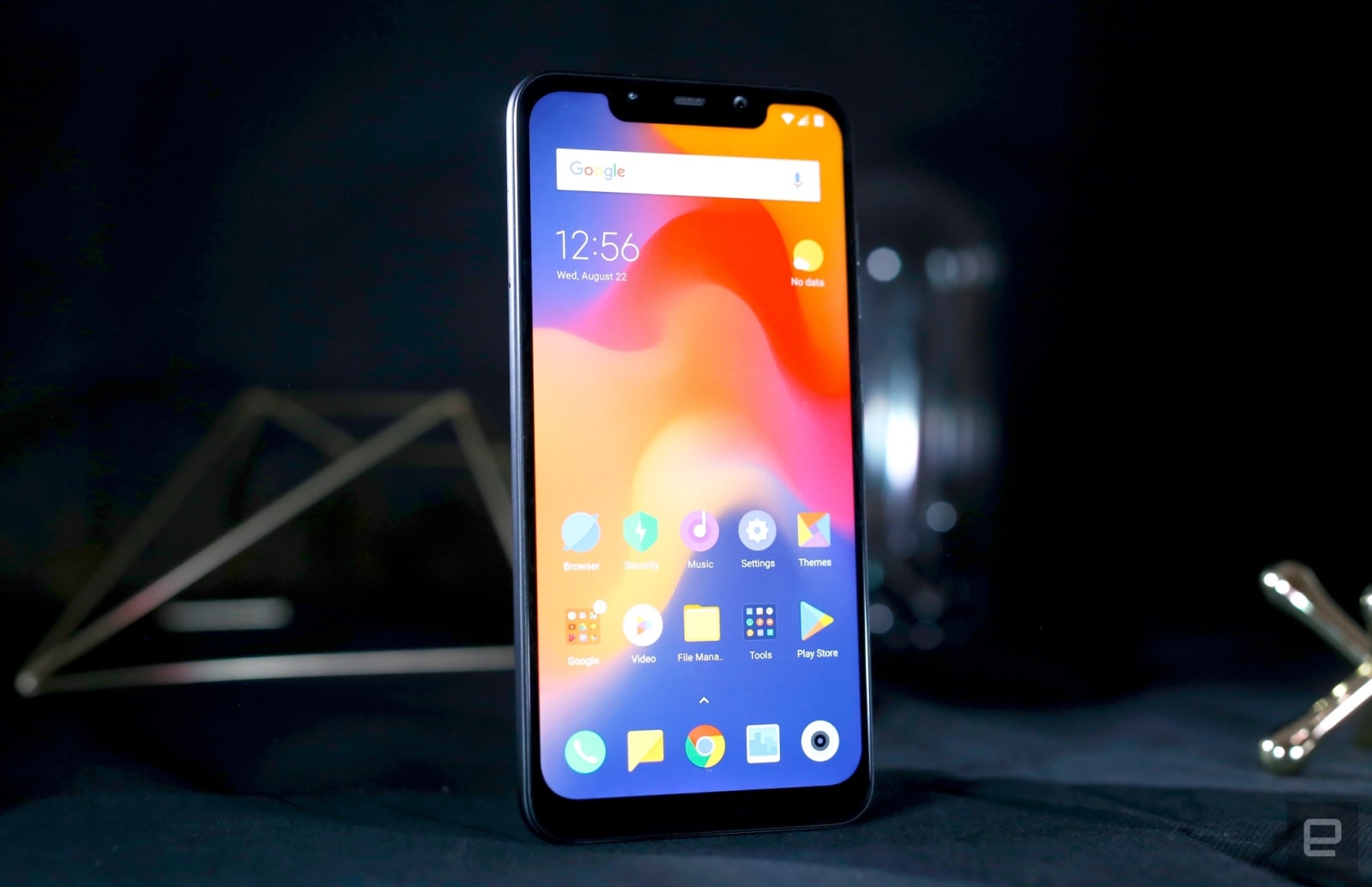 Last year, Xiaomi managed outdo OnePlus by releasing the powerful Pocophone F1 smartphone with a Snapdragon 845 processor for just $300. Now, the Chinese company announced that it's spinning that sub-brand off into a whole new company called Poco, ac...
Last year, Xiaomi managed outdo OnePlus by releasing the powerful Pocophone F1 smartphone with a Snapdragon 845 processor for just $300. Now, the Chinese company announced that it's spinning that sub-brand off into a whole new company called Poco, ac...








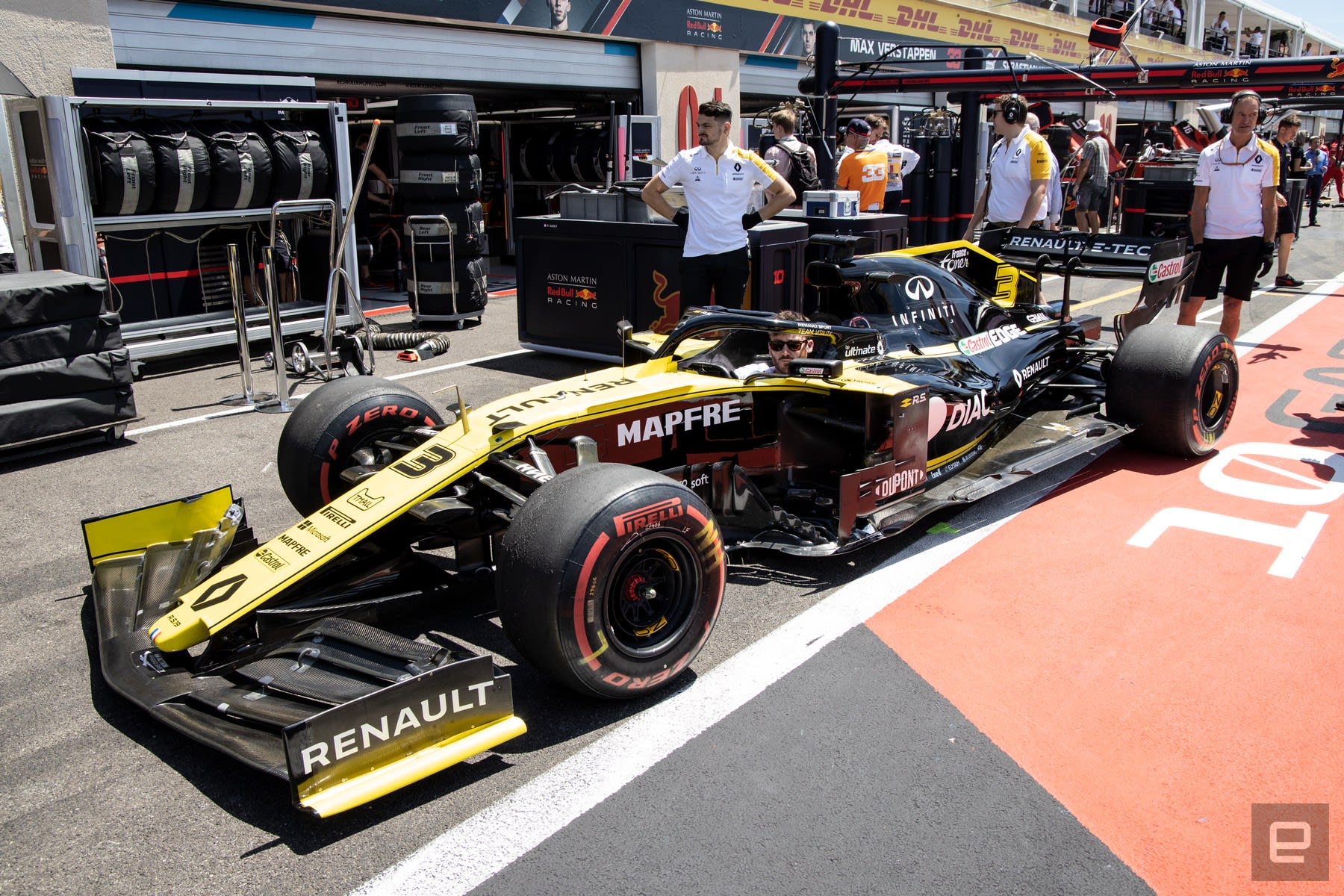 Formula 1 is known for noise, horsepower and burning fuel, but the racing league wants to add a new, unexpected description: eco-friendly. Formula 1 plans to have a "net-zero carbon footprint by 2030," including the cars, on-track activities and oper...
Formula 1 is known for noise, horsepower and burning fuel, but the racing league wants to add a new, unexpected description: eco-friendly. Formula 1 plans to have a "net-zero carbon footprint by 2030," including the cars, on-track activities and oper...
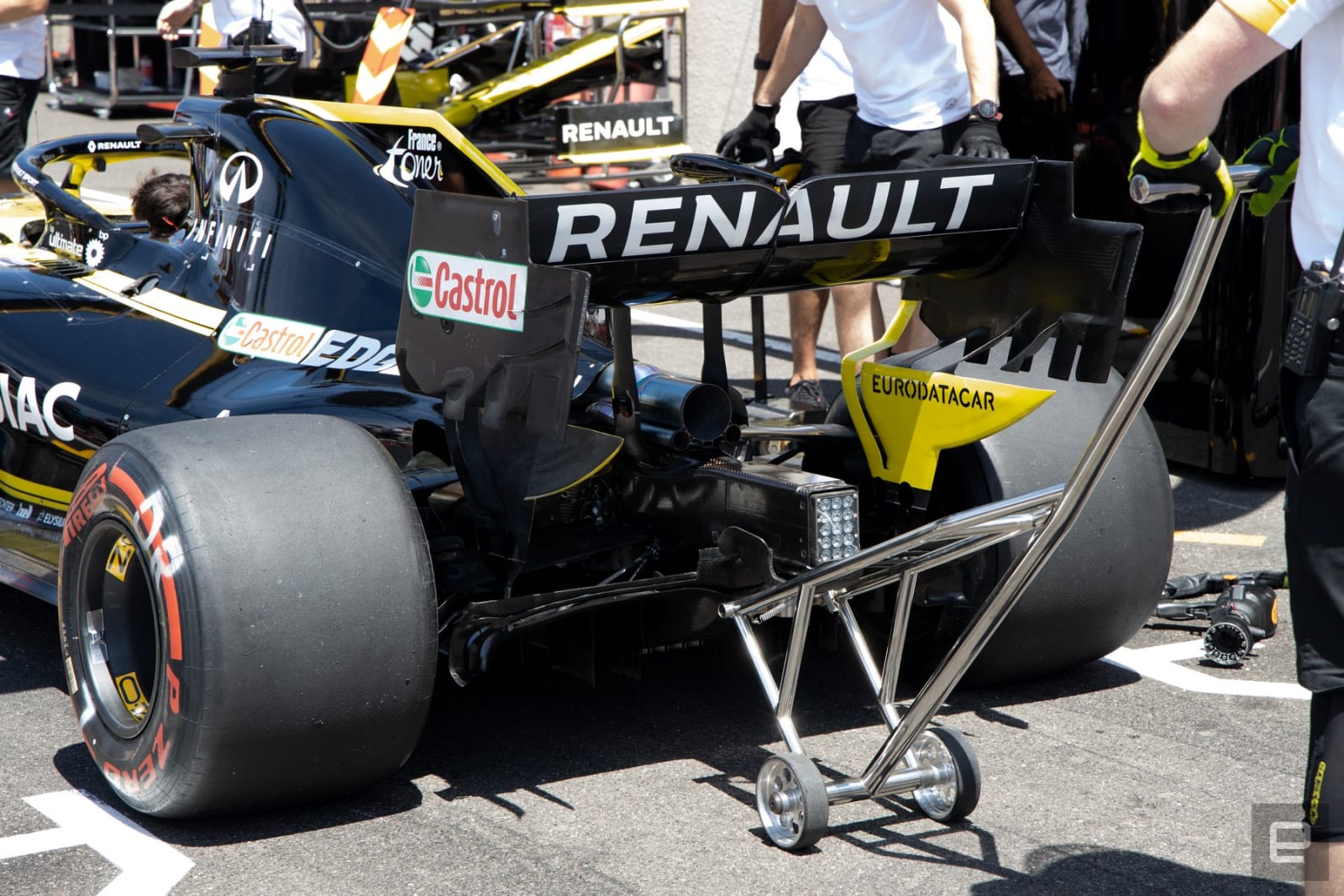 As Renault approached the French Grand Prix, a lot was at stake. The race was on the team's home turf, at a make-or-break point in the season. Nobody was panicking, yet. Despite having won twice in 2018 with Red Bull, new driver Daniel Ricciardo knew...
As Renault approached the French Grand Prix, a lot was at stake. The race was on the team's home turf, at a make-or-break point in the season. Nobody was panicking, yet. Despite having won twice in 2018 with Red Bull, new driver Daniel Ricciardo knew...
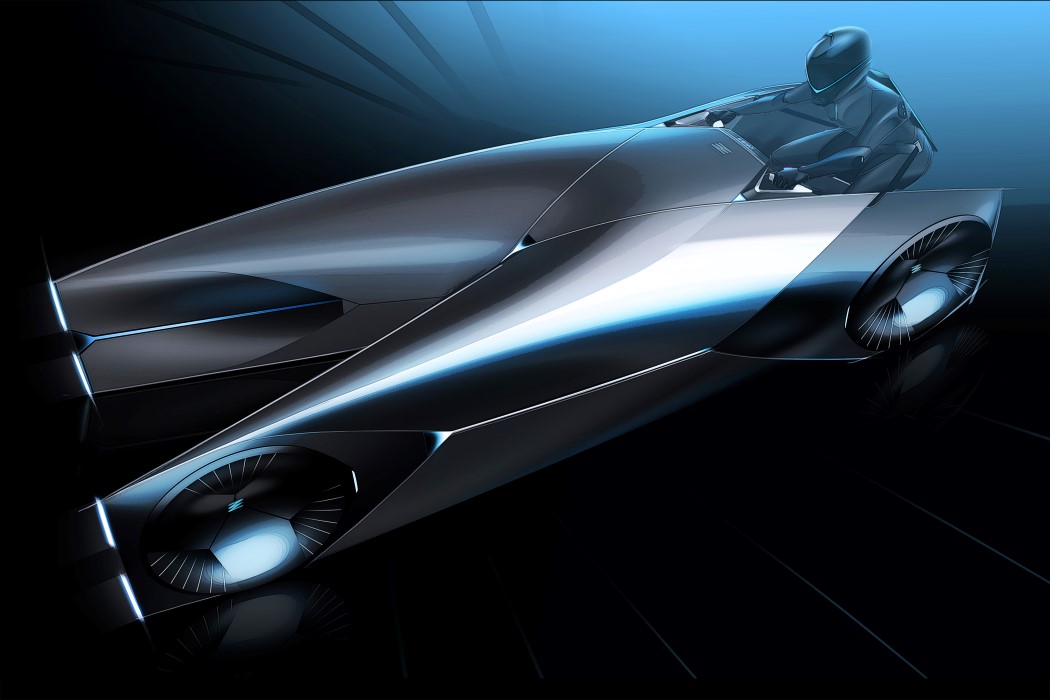
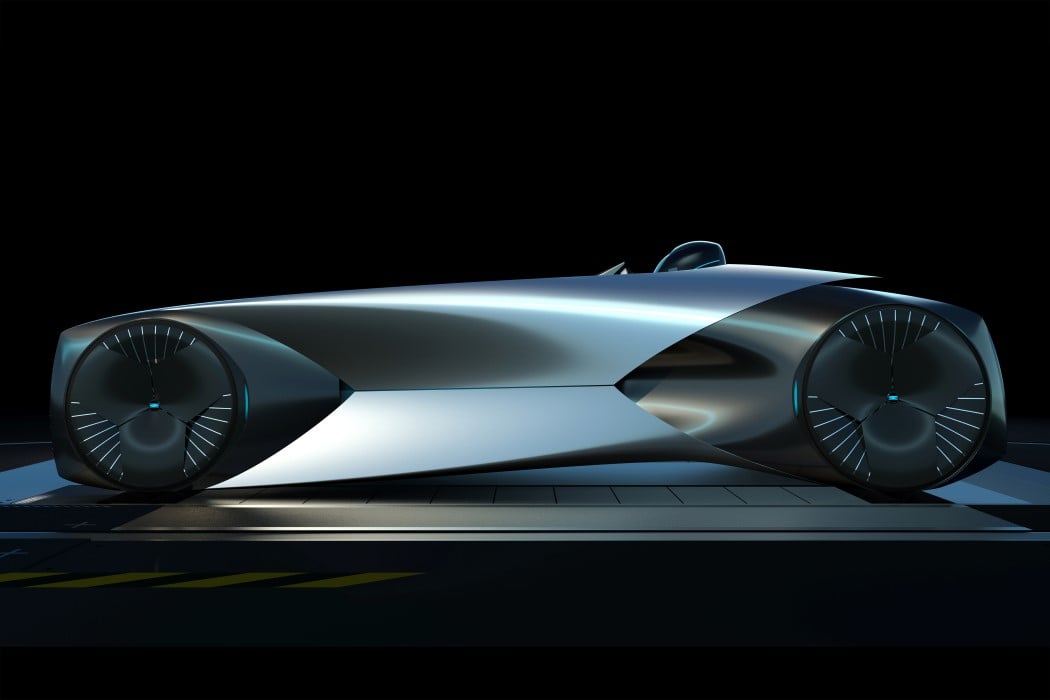
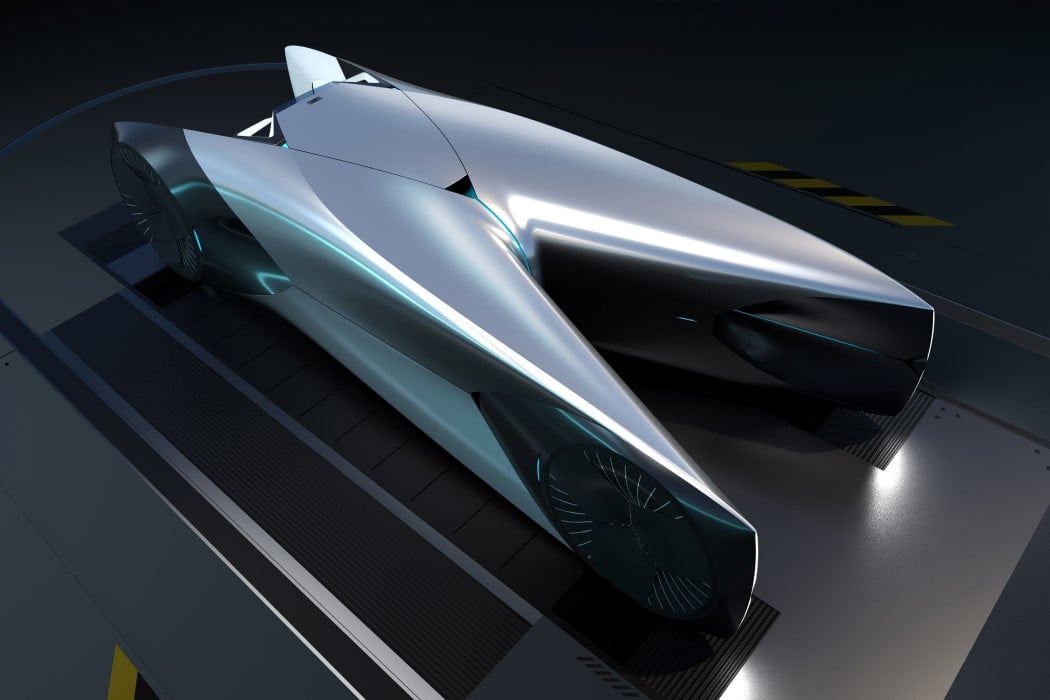
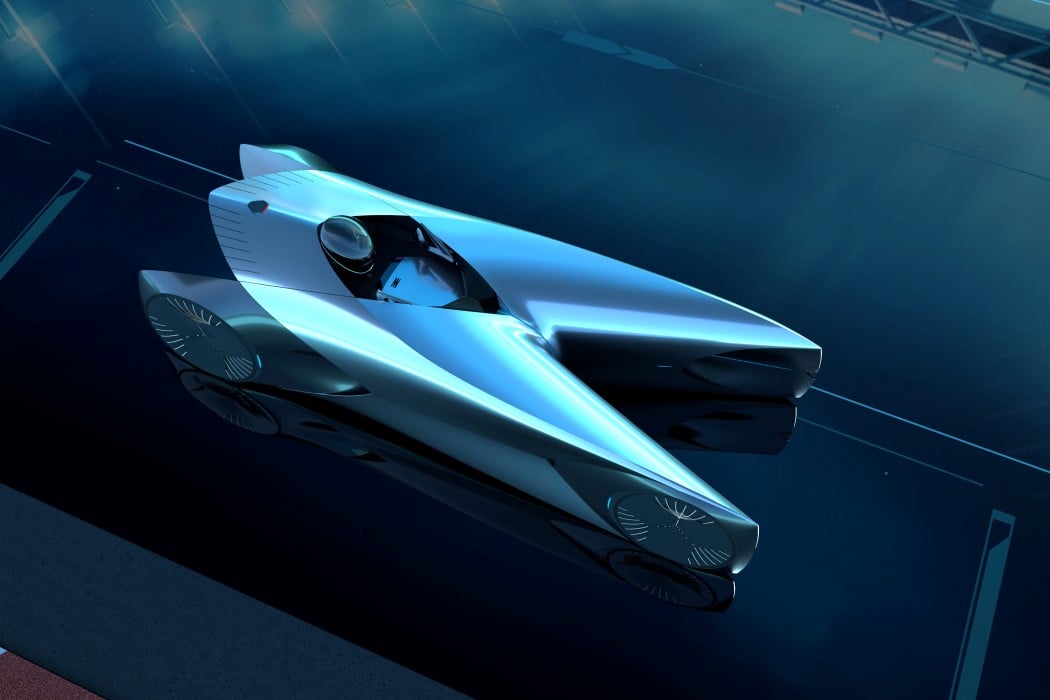
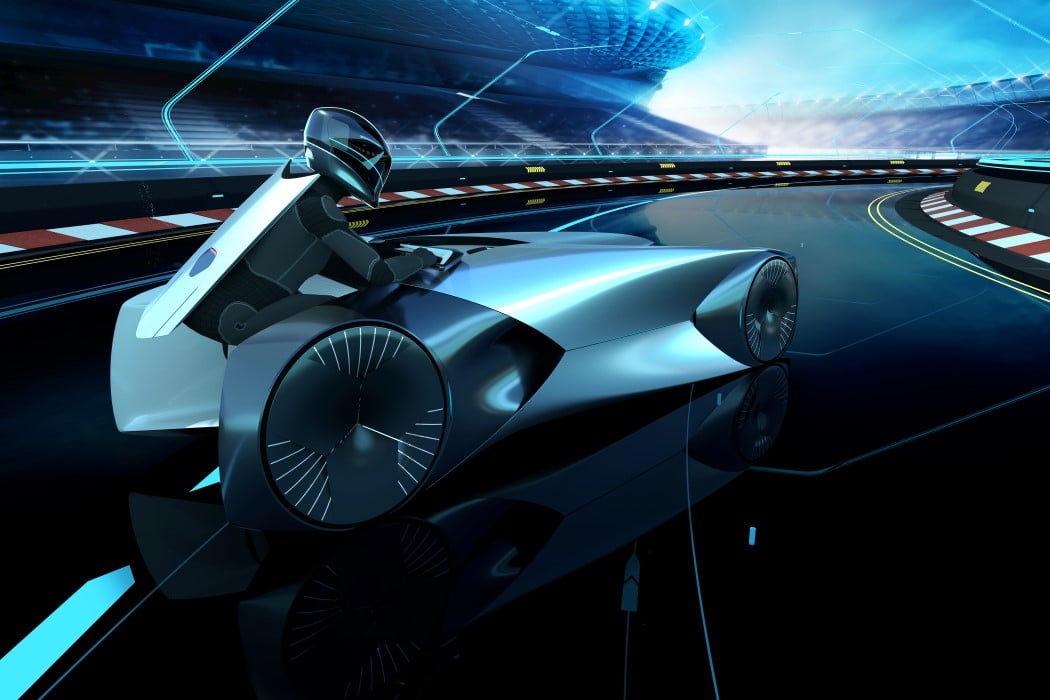
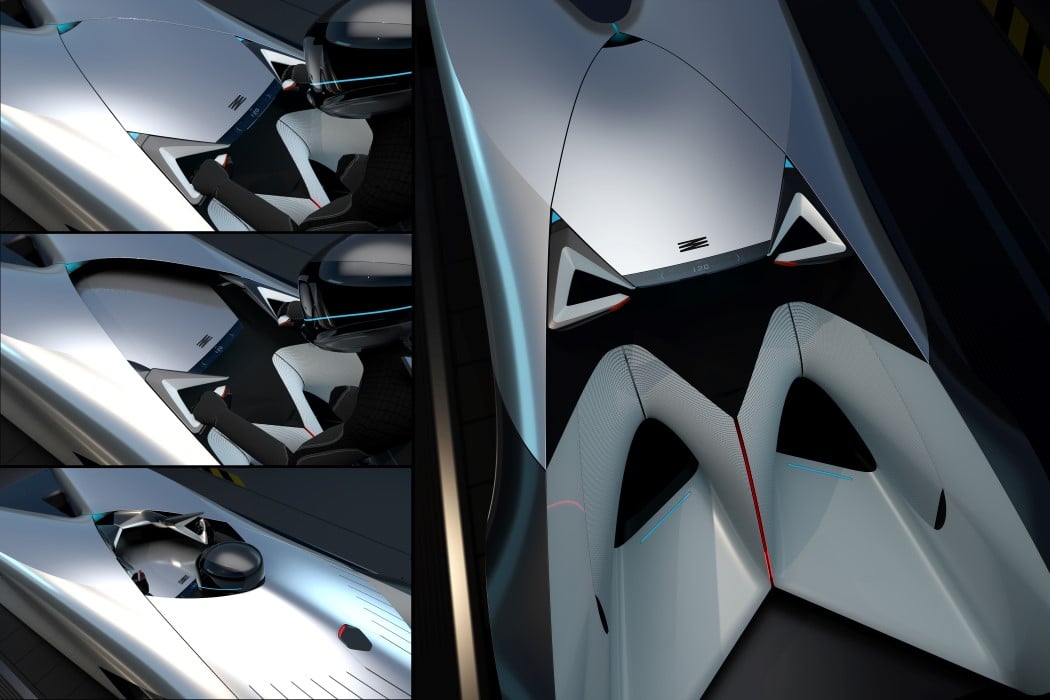
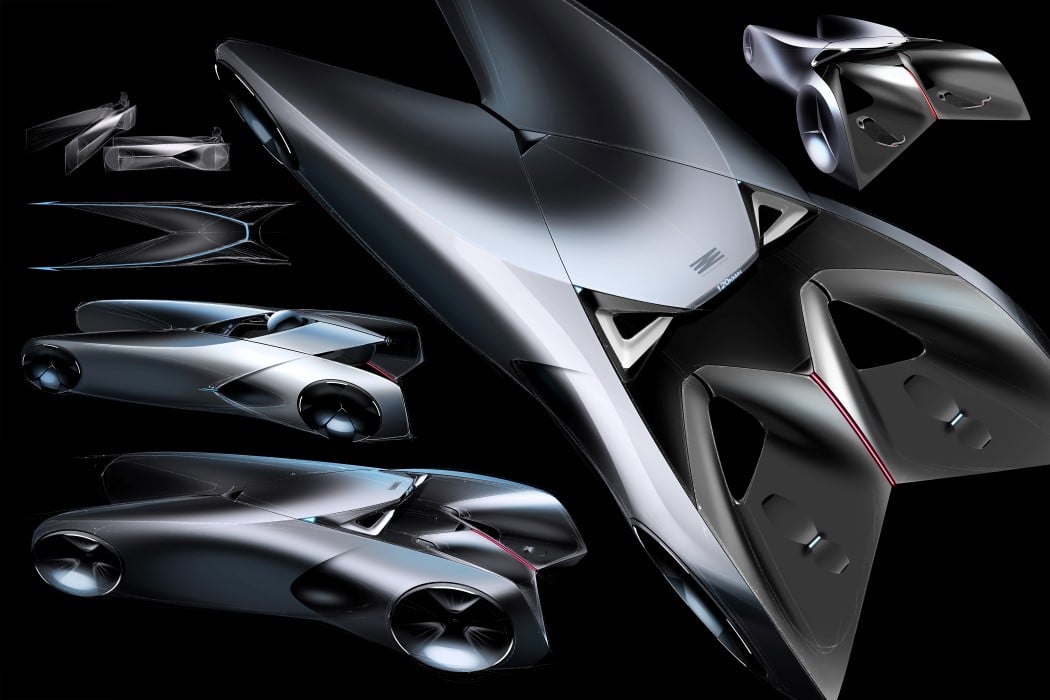






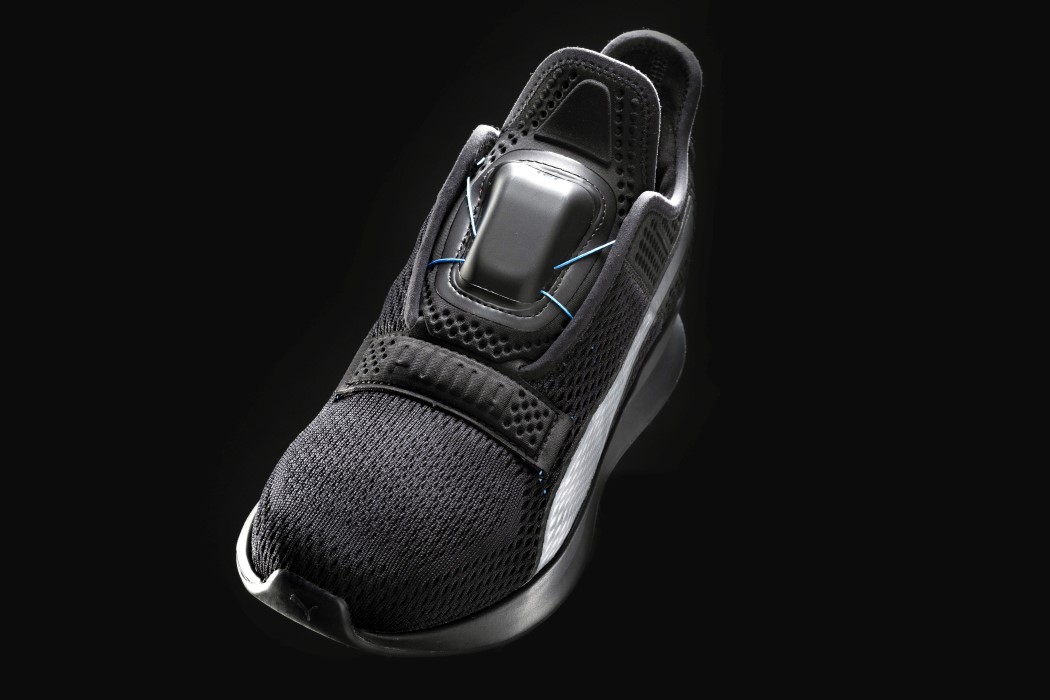
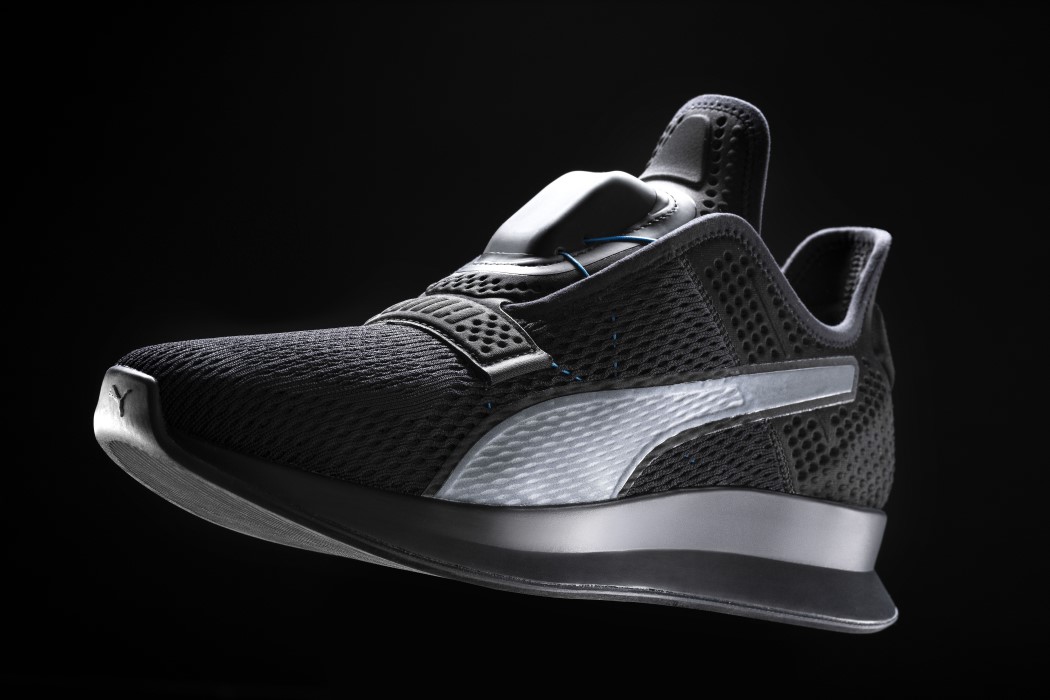
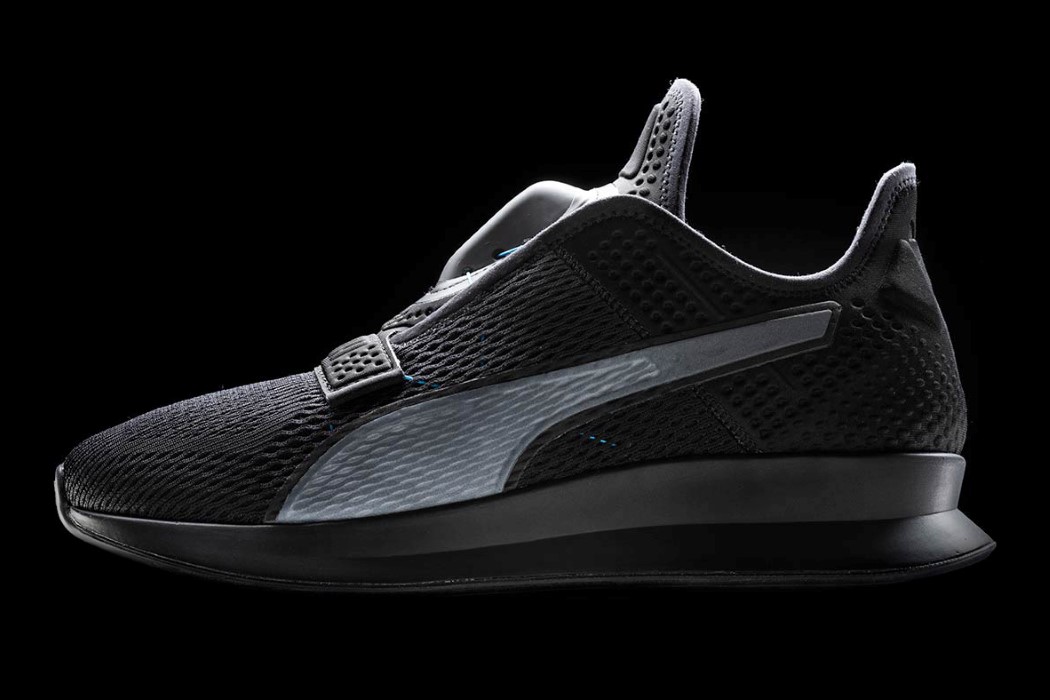
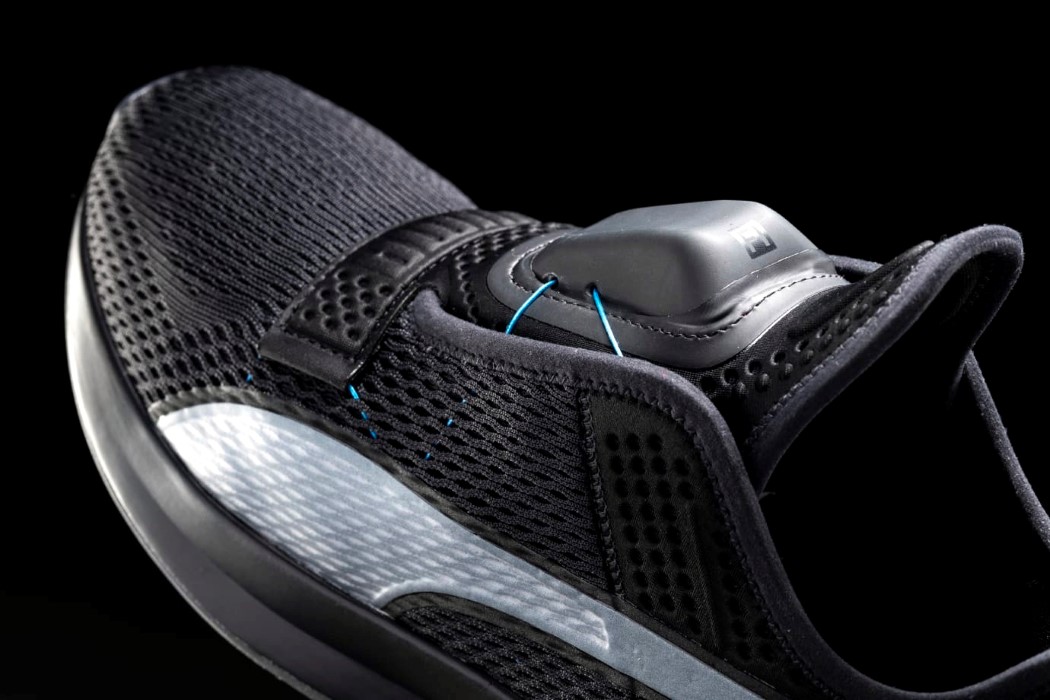
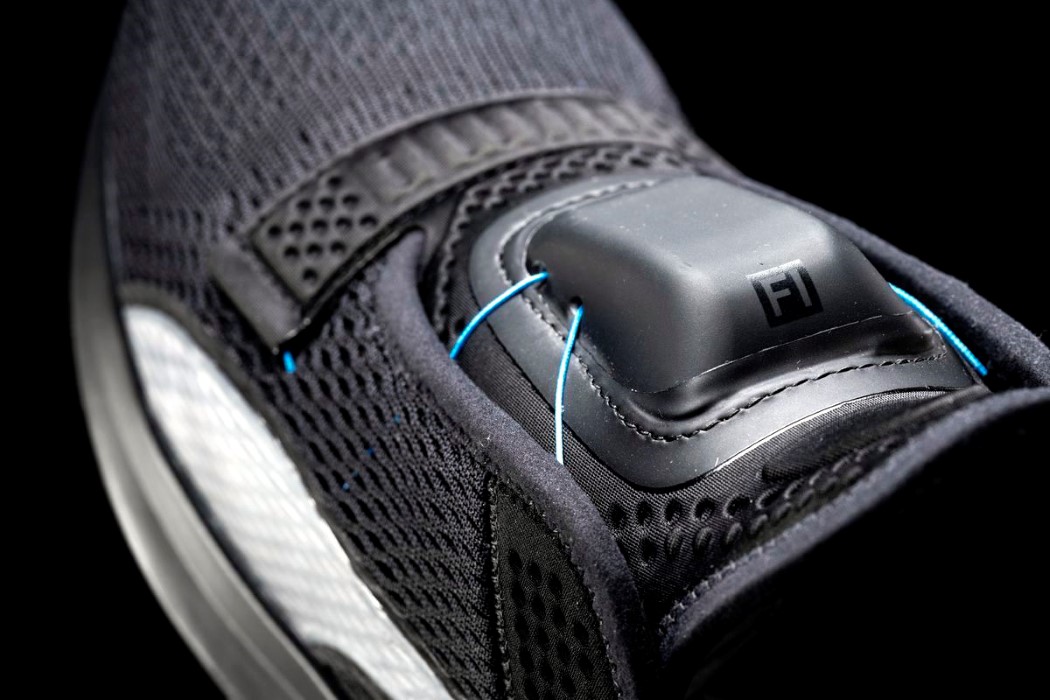
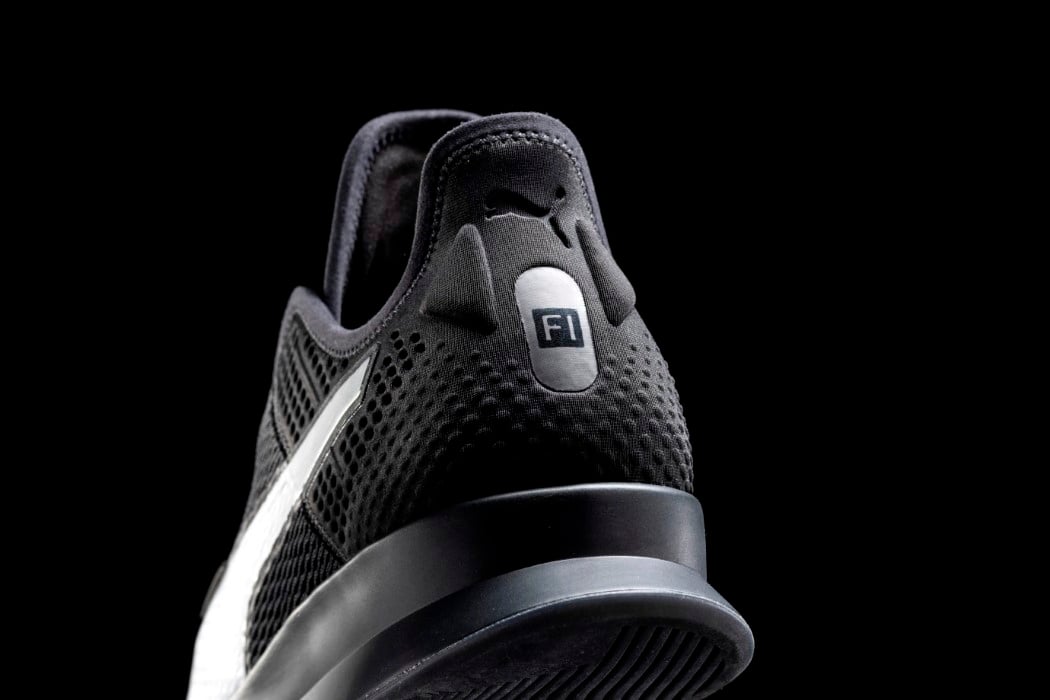
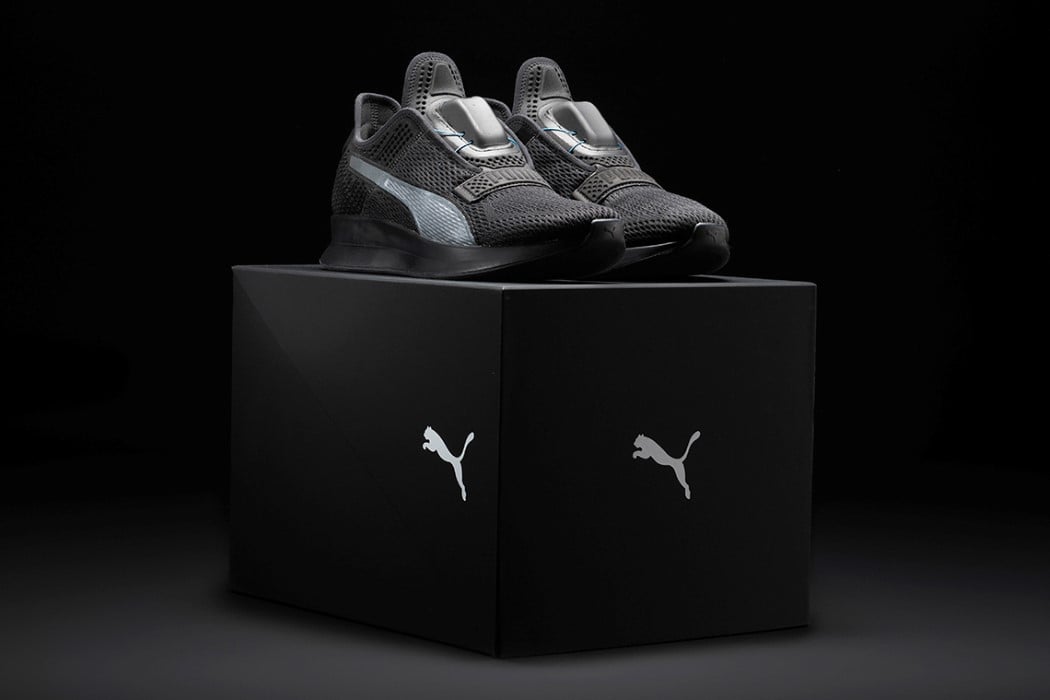
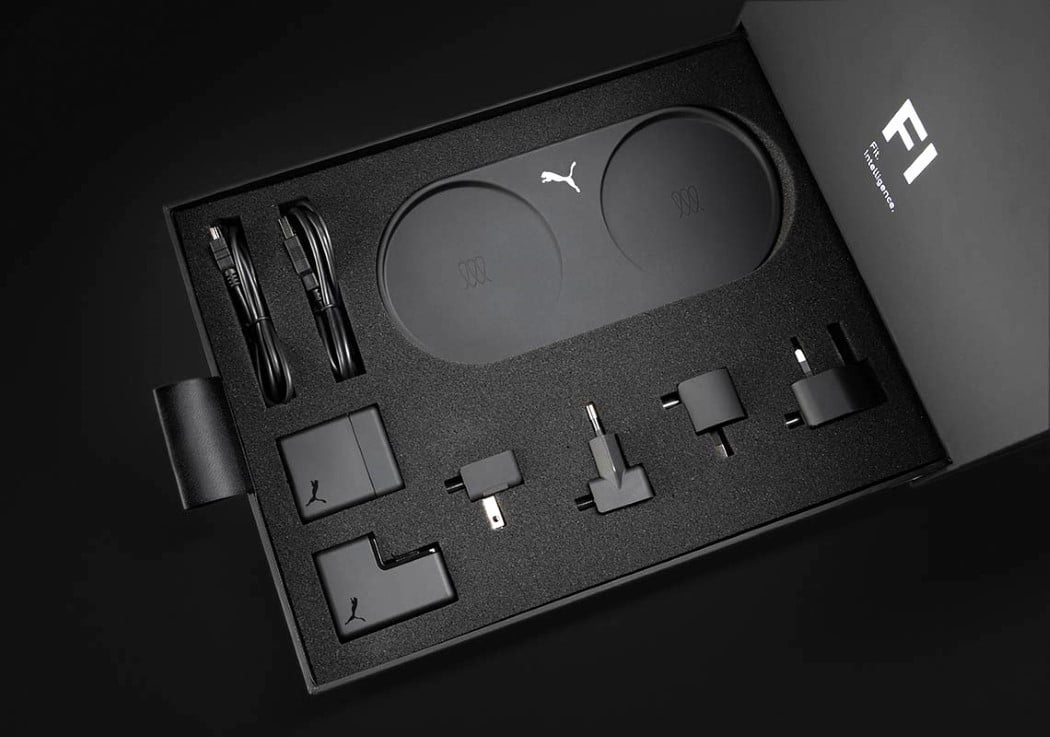
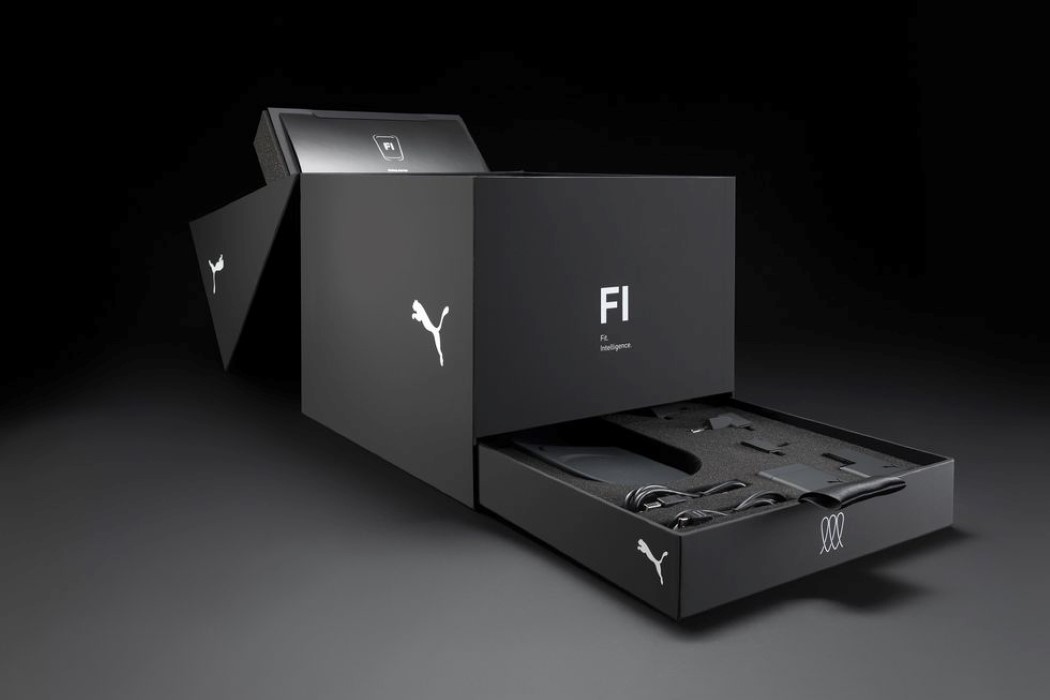
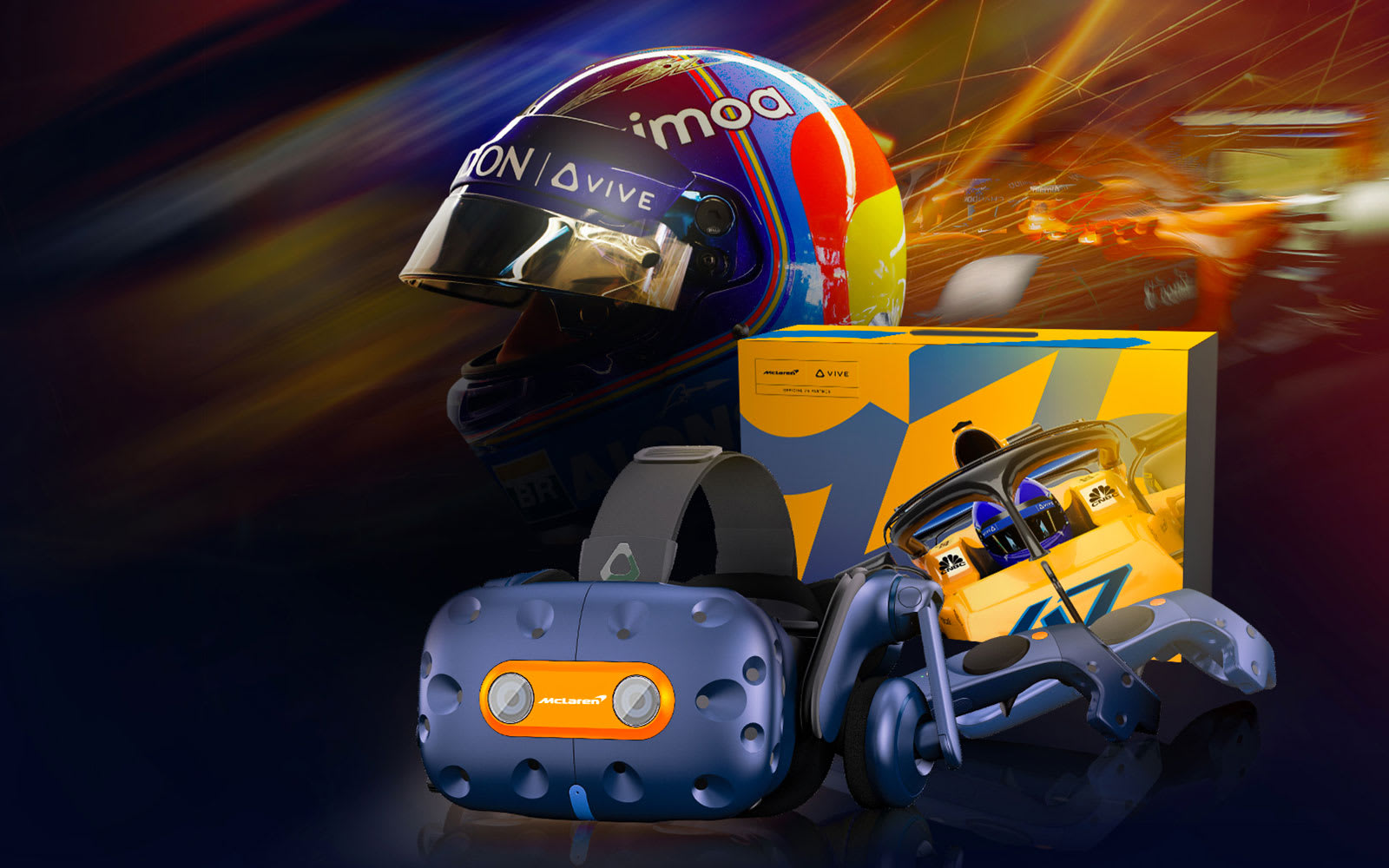 When HTC and McLaren announced their multi-year partnership back in May, the two had already teased an upcoming limited edition Vive headset along with some special VR content. Well, the wait is finally over for hardcore Formula One fans. Said hardwa...
When HTC and McLaren announced their multi-year partnership back in May, the two had already teased an upcoming limited edition Vive headset along with some special VR content. Well, the wait is finally over for hardcore Formula One fans. Said hardwa...